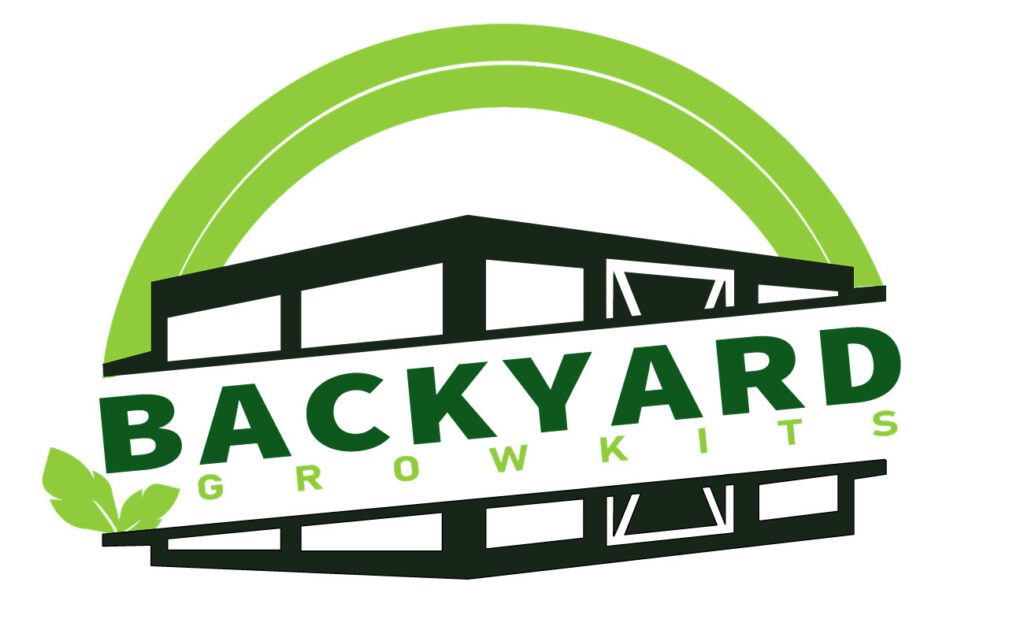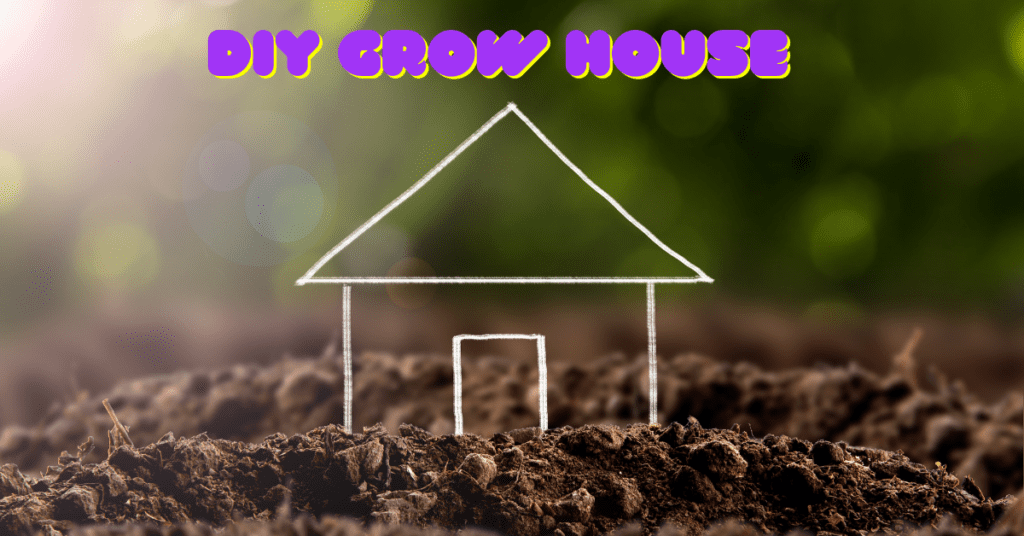Do you want to grow some green nuggets? DIY grow house is here for you; it is so simple to establish one that allows you to have complete control over the plant growing environment to meet your plant’s needs
If you are you searching for a simple, cost-effective setup for cultivating some plants, below, we take you through the friendly process of building your DIY grow house at half price.
Why construct a DIY grow house?
Gardening brings a great experience; imagine the germination of your seeds, watching them bloom into healthy plants with a deep connection to the ancient plant.
Trust me; you will always have a far superior product than what you can score.
We all know that most states have inadequate space and unfavorable climatic conditions to support plant life outdoors under the sun.
So here, a DIY grow house comes in. A homemade DIY grow house operation is cheap and easy to set up.
A DIY grow house allows you to have complete control of the plant growing environment, and it produces an abundant harvest season after season.
Essential factors to consider during the construction of a DIY grow house.
Usually, most of us look out for construction materials, but there is much more to look at before building a DIY grow house.
Light.
Light is one of the basic requirements most plants need to thrive in the growing environment because plants capture light as they respond to stimuli.
Insufficient light conditions cause plants to grow while bending downwards towards the ground.
Most plants are photoperiods; they require well-defined light and dark periods to bloom. Insufficient light causes stress to plants resulting in stunted growth and triggering hermaphroditism.
Plants depend on consistent dark hours for respiration and photosynthesis. Therefore, make sure that your DIY grow house is lightproof during night hours since this is when plants manufacture food.
Waterproof.
Plants require regular watering and feeding with soil nutrients. With a DIY grow house, we water the plants manually.
Make the DIY grow house waterproof such that runoff or spills don’t harm the surrounding area and the inside plants.
Airflow.
Plants are like human beings; they need air for survival. So plants take in carbon dioxide and breathe out oxygen.
Ensure proper airflow in your DIY grow house to attain adequate and fast plant growth. Improper airflow in DIY grow operations creates hot spots on their surfaces, trapping excess heat and humidity that act as a breeding ground for common pests.
A DIY grow house needs proper ventilation to avoid the above problems.
Size.
DIY grow houses come in varying sizes according to the available space. How many plants do you plan to cultivate in a DIY grow house?
The size of a DIY grow house depends on the number of plants you intend to cultivate.
To allow your plants to reach their full potential, make your DIY grow house 1.5-2m tall to enable enough growth space and prevent the plants from reaching the lights.
Requirements for making a DIY grow house
Constructing a DIY grow house is as easy as A, B, and C. below are the requirements for building a DIY grow house.
PVC.

Get 19mm diameter PVC pipes. PVC helps in constructing the frames of a DIY grow house. PVC is sturdy and cheap. You need;
1 x cross fittings.
4 x T-fittings.
8 x 90 degrees corner fittings
16 x straight pipes for the verticals and horizontals
Panda film.

Panda films has two different sides: the black and white side. Panda film works act as the walls of a DIY grow house.
The black side acts as a light absorber since the black color is a good absorber of heat energy, utilizing the black side of the film on the exterior part of the DIY grow house.
Use the white film on the interior part of the DIY grow house to reflect the excess heat and control the heat accessing the interior.
Led glow light
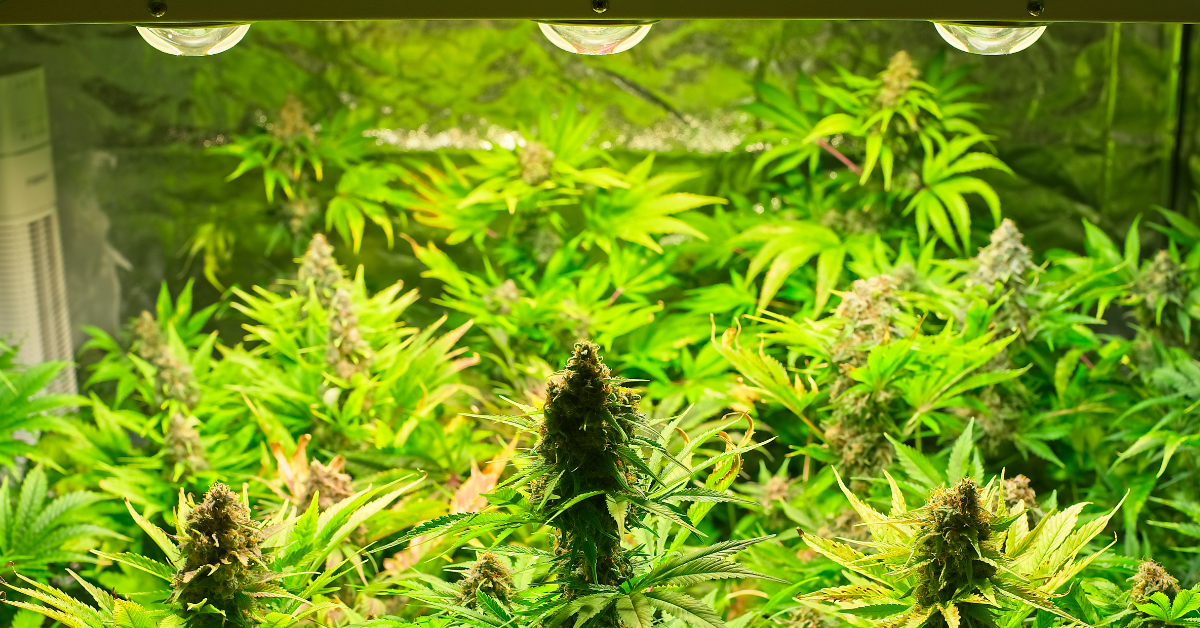
Various led grow lights are flooding the market, but we advise you to use LEDs that can light for long hours and are durable.
LEDs are more expensive than HID lights, HID lights perform a great job but utilize a lot of energy and are not durable, and they always need a replacement after two seasons.
Fan.
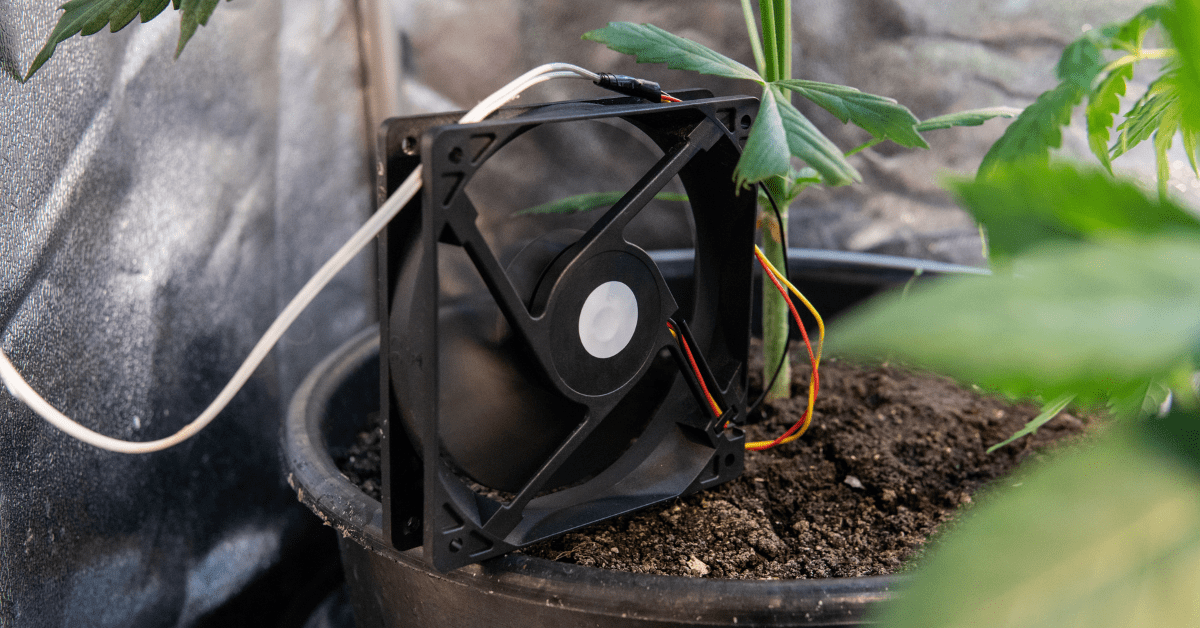
We have a significant number of fans. However, you can use a regular wall fan with a small DIY grow house.
But a large DIY grow house needs a fan and carbon filter to get rid of the odor from plants.
Tools.
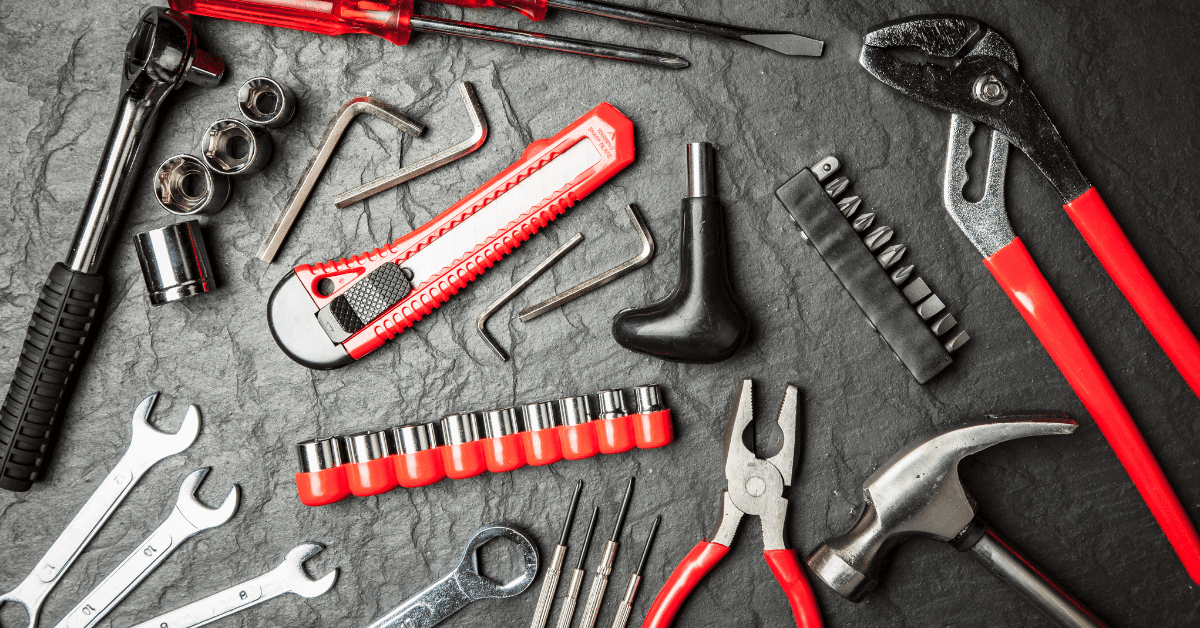
Tools help assemble the different materials for constructing a DIY grow house.
Velcro (opens the DIY grow house)
Handsaw (cuts the PVC pipes to required sizes)
Duct tape (joins the panda film)
How to set up your DIY grow house?
Follow the steps below to construct a personal DIY grow house with the right tools and materials.
Frame assembling.

PVC comes in different lengths; cut the PVC to the required size using a hand saw, no matter the DIY grow house you are constructing.
Cut 16 straight pipes for PVC pipe; four 1.5m length vertical pipes for stands, four cuts for the base, and eight pieces for the roof.
We use fittings to connect all these straight pipes and now construct the frame of the DIY grow house. Ensure that the roof has cross fittings in the middle to accommodate the lights.
Cover the DIY grow house.
The DIY grow house has two coverings; the white panda film and the black panda film.
The white panda film covers the interior of a DIY grow house, and the black panda film covers the outer part of the DIY grow house.
Covering the DIY grow house is simple, begin with the walls, run a single piece of film around the three sides of the four walls, and leave the fourth side uncovered; it acts as an entrance to our DIY grow house.
Cover the roof with a suitable piece of panda film, and overlap the roof material on every side with a 3-5cm piece of panda film.
Seal up the sides with duct tape, access the interior of your DIY grow house, inspect it properly for any leaks, and block the leaks using duct tape.
Remember that your DIY grow house entrance is still open; therefore, get a piece of panda film and run it from the middle of the roof to the floor.
Connect this film to the roof using duct tape and the frame on the side and bottom using Velcro.
Light and fan installation
Follow the manufacturer’s instructions while putting up the light on the roof of the DIY grow house.
Pull the power cord out through the roof to your DIY grow house and block the sides with duct tape to prevent light leakage.
Install the fan on the floor, and the setup of a DIY grow house is now complete.
All the magic is complete; it’s time to start the ball rolling and grow your plants. I believe you have indoor growing equipment and tools to help you sail through this journey.
With all the information this article provides, you should be able to build a DIY grow, but if you realize this is a lot to deal with, we are here for you. Your busy schedules should not limit you from having a well-kept garden in your backyard.
Backyard Grow Kit saves you the hassle. We deal in pre-assembled outdoor grow huts that we build for you with all the components you need, plus weekly plant servicing when you subscribe.
